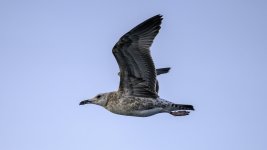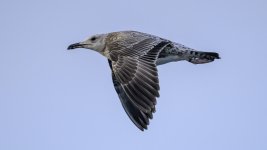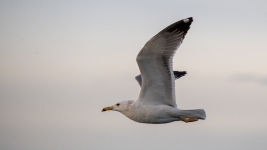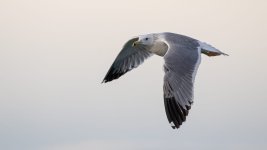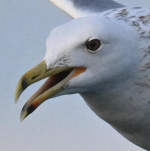Well, it's a hybrid or so called 'eastern type' cachinnans. This term was used for birds with more black, less white in wingtip in the past, nowadays these kind of eastern types are considered to be more likely of mixed origin. It could be a barabensis (Steppe Gull, Larus fuscus barabensis) on phenotype, nothing wrong for it but I'd be very cautious in labelling it as such. Length of ventral tongues do fit as does the large amount of black in a subadult - could even be a 4th cycle since marks to primary coverts are just narrow along the shafts - a feature seen in heuglini even in older individuals. So, the answer is complicated: either a ver yweird pure chachinnans from Central Asia with features of barabensis, or a real barabensis or a hybrid cachinnans x heuglini or cachinnans x barabensis. I know this isn't a very satisfying answer but up to today we're not able to categorize such types reliably. Thanks for sharing this interesting individual.




